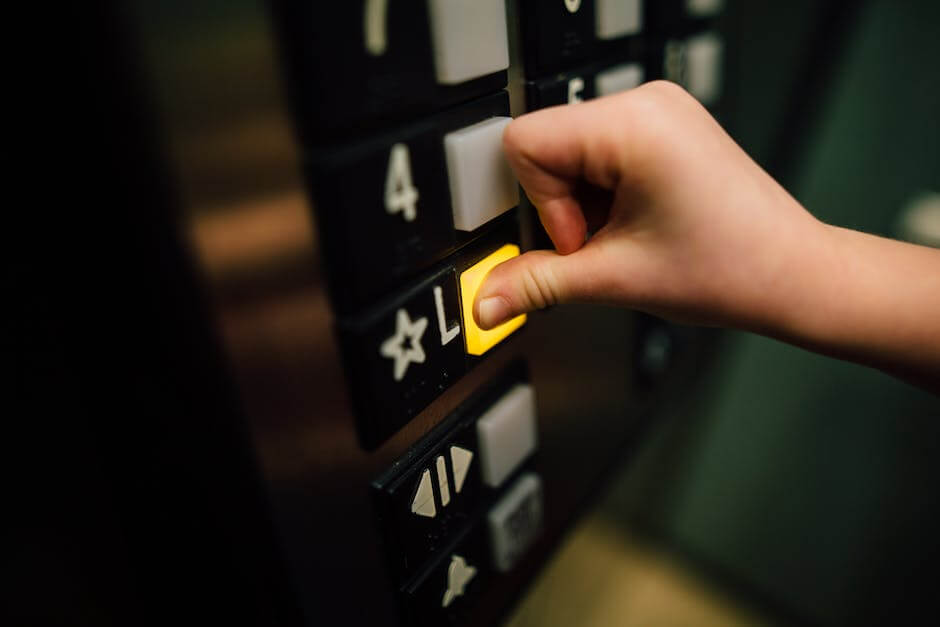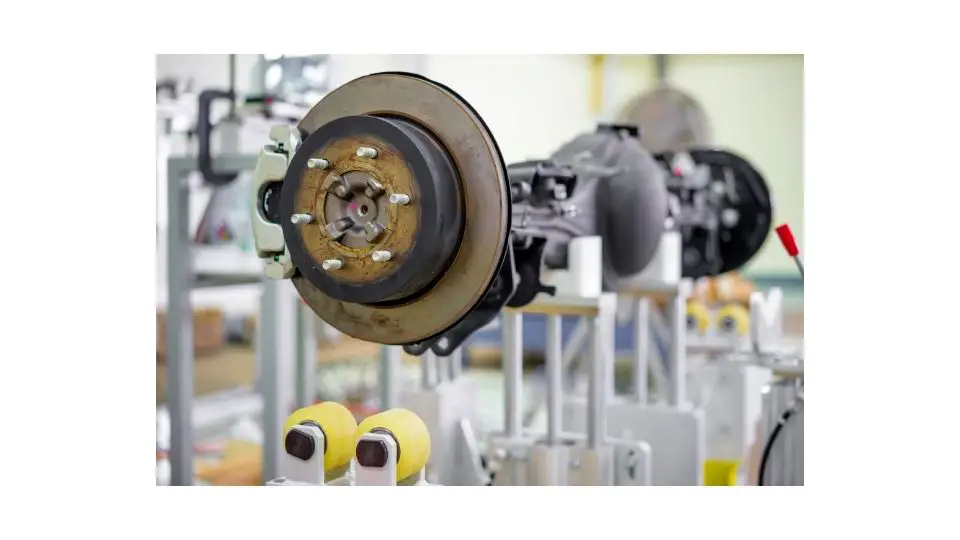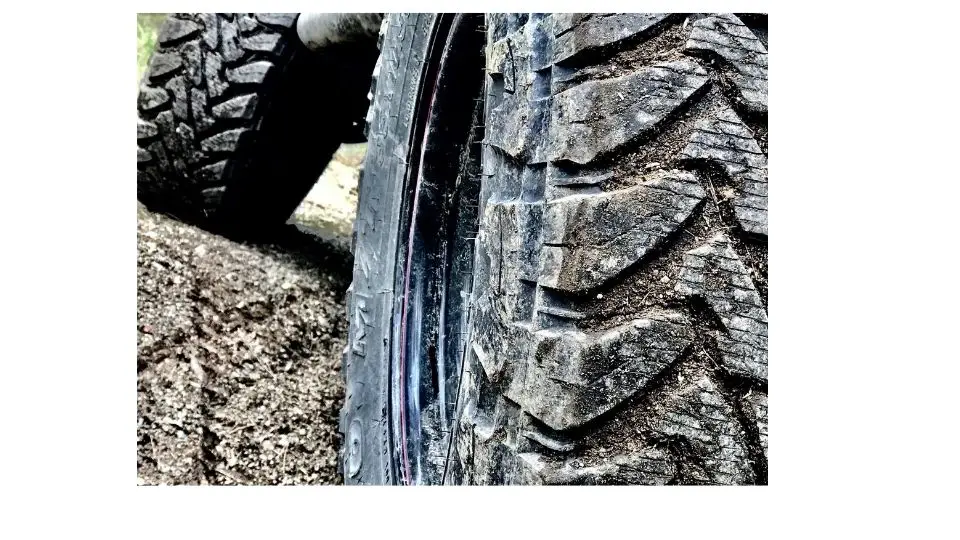Unraveling the intricacies of a car’s throttle control system can greatly empower automotive hobbyists and enthusiasts. Pivotal in controlling the flow of air to the engine, the throttle control system is integral to a car’s performance and fuel efficiency. This briefing aims to elucidate the core mechanics of this system, its functionality, and influential factors affecting its operation. Furthermore, we delve into the array of potential issues that can trigger the throttle control warning light. Identifying, diagnosing, and addressing these problems is pivotal to maintaining your car’s health and performance. With some knowledge and the right tools, you can also gain adeptness in performing minor repairs and preventive maintenance of the throttle control system, fostering your car’s smooth functioning.
Understanding the Throttle Control System
The Thrilly Throttle Control: Understanding its Inner Workings
When it comes to the marvel of modern machinery, few things invoke joy, curiosity, and fascination quite like the throttle control system. This ingenious piece of automotive technology serves as the literal driving force of any vehicle, empowering it with the ability to zoom or dawdle, as the circumstance requires.
At its foundational level, a throttle control system is essentially the bodyguard to the engine. It modulates the amount of air that enters the engine, thereby controlling the speed of the vehicle. Imagine a gatekeeper, regulating the footfall in a bustling festival – that’s your throttle control system in a nutshell!
Traditionally, throttle control systems were mechanical, called cable actuated throttle control systems. A physical cable connected the accelerator pedal and the throttle body. As the pedal was pressed, the cable would pull open the throttle valve, allowing more air to flow into the engine. This process increased the fuel intake and correspondingly propelled the vehicle forward.
If you picture the throttle control system as an orchestra, the traditional cable actuated way was much like manual music; every instrument had to be played by hand. Which was great, but not perfect, as the conductor (the driver) had to manage the whole orchestra manually.
Fast-forward to modern times – we have the electronic throttle control systems, or as some people affectionately call it, the ‘drive-by-wire’ system. The herculean task of cable management has been replaced by sensors capable of reading pedal position and sending the corresponding signal to the throttle body. It even comes with throttle position sensors on the throttle body to confirm that the correct throttle opening occurs. The conductor is now a skilled maestro with high tech equipment, enjoying the symphony without breaking a sweat.
As for fuel injection (how fuel enters the engine), different vehicles have different systems. Some equipped with a port fuel injection system have a fuel injector in the intake manifold. However, those with direct fuel injection systems, have a fuel injector in each combustion cylinder. This decision sways with the required power, emission standards, and the overall sophistication of the vehicle.
Here’s another interesting tidbit: Electronic throttle control systems are also designed for the functioning of the modern cruise control system, assisting the dynamic stability control system, and even the exhaust gas recirculation for emission control. Talk about a multitasker!
Understanding the throttle control system fundamentally colors your understanding of cars. It adds another layer of intrigue, another depth of respect for the mechanics and the engineers who birthed it. So, the next time you find yourself driving, don’t forget to appreciate the humble throttle control – the unsung hero – sitting underneath your foot, taking you places.

Problems Indicated by the Throttle Control Warning light
Stepping into the realm of potential issues signaled by the throttle control warning light, it’s essential to understand the role of this tell-tale in our day-to-day driving experience. Associated with modern vehicles equipped with drive-by-wire systems, the throttle control warning light, sometimes depicted as a lightning bolt, is an instrument of key significance on the dashboard.
The illumination of this warning light can be an indicator of several potential problems within the electronic throttle control system (ETC). Among these, potential glitches in the throttle body, which is the component of the ETC responsible for regulating airflow into the engine, is a common cause. Issues like dirt build-up, faulty throttle valves, or some form of internal damage could lead to your ETC system being unable to maintain the requisite airflow, thus triggering the warning light.
On the other hand, the sensor systems used in the ETC to relay essential data about throttle position, pedal position, or airflow could also have malfunctions, leading the car’s on-board computer into signaling that there’s, in fact, something wrong. A simplistic comparison would be that of a musician playing out of tune, descending into a cacophony rather than a harmonious melody. Misreads or false information relayed by these sensors can cause the engine to behave erratically, leading to unstable accelerations, chokes, or even stalling in some cases.
Never underrate the importance of the pedal position sensor. This component is what translates your foot’s pressure into electronic signals the throttle control system comprehends. A malfunction here could lead to the throttle control warning light being activated. It manifests in the form of resistance when you step on the accelerator or an unexpected surge or decrease in speeds.
Cross-threading into the sphere of the Electronic Control Unit (ECU) – the brain of your vehicle’s drive system – errors in its programming can also give rise to throttle control issues. This can often cause erratic idling, delayed acceleration response, or sudden engine power loss.
Furthermore, failures in the powertrain system, disparate as it may seem, can indirectly cause throttle control light issues. Such issues could arise from worn out ignition coils, spark plugs, or even the fuel pump – components that directly affect a vehicle’s engine power.
Last but not least, a seemingly benign but potentially damaging issue is a poor electrical connection or corroded wiring. A simple yet aggravating possibility, this could break the communication line between the throttle control system and the ECU, leading to improper throttle modulation and consequently, that persistently illuminated warning light.
Unfortunately, this arena of automotive troubleshooting isn’t often an easy DIY. Complex as it seems, only certified professionals equipped with appropriate diagnostic tools can pinpoint the underlying issues. If your throttle control light illuminates, a trip to the service shop is highly advisable, for the well-being of your beloved wheels and your safety on the road. There is no undermining the importance of a smooth-running throttle control system in granting superior vehicle control, promoting fuel efficiency, and ensuring an overall stellar driving experience.
So, heeding the throttle control warning light is the cog in maintaining the symphony of your vehicle’s operation. Ignoring it might just leave you with a sour note! Happy motoring, fellow enthusiasts!

Repairing and Maintaining Throttle Control System
Stepping into the nitty-gritty of throttle control system maintenance starts with knowing how to deal with a troubled throttle body. It controls the engine’s airflow and connects to the air intake manifold. As you drive, it may naturally accumulate dirt, throwing off the precious air-fuel ratio balance. A simple cleansing using a throttle body cleaner can often restore balance. Be certain to consult your vehicle’s manual for specific instructions on cleaning the throttle body and make use of a good quality cleaner.
Similarly, keeping the throttle position sensor (TPS) in check is indispensable. This little device is crucial in communicating the throttle’s position to the Engine Control Unit (ECU). If this sensor is faulty, it can result in a rough idle, irregular acceleration, or even a stalling engine. Therefore, as hobbyists, it becomes necessary to troubleshoot any TPS issues using a multimeter and replace it if needed.
And what about the Electronic Control Unit (ECU) itself? The ECU software glitches can lead to unstable throttle responses. Thankfully, these bugs can usually be fixed with updates issued by the vehicle manufacturer, maintaining optimal ECU programming that’s key to a well-functioning throttle control system. Stay on top of this by regularly scheduling your vehicle for software updates at a trusted professional service center.
Powertrain system failures, another potential culprit for throttle control light illumination, demands close examination too. Damaged engine components, poor transmission, and driveline issues might reflect upon the throttle control system. Always remember, a seemingly small issue might be the tip of a larger problem iceberg.
In addition, electrical connectivity problems can reek havoc on your throttle control. Bad wiring or loose connectors can impair signal transmission, making it essential to make sure all connections are secure and wires are insulated properly. Periodic inspections of wiring related to the throttle control system is an excellent practice to adopt.
Moving on, the critical factor in throttle control maintenance process lies in using professional diagnostic tools to identify the throttle-related issues. Tools like a code reader or a scan tool can provide a diagnosis and help confirm if the problems lie within the throttle control system. While a higher initial investment, quality diagnostic tools will save you time and money in the longer run by preventing unnecessary repairs.
Last but not least, remember, your vehicle’s throttle control system is its respiratory system and deserves due respect. Ignoring the minor complaints today can snowball into greater issues tomorrow, which can even jeopardize road safety. Everyone loves a smooth and hassle-free ride, so take it as an invitation to invest time and attention in maintaining your vehicle’s throttle control system – not in response to when things go wrong, but to prevent them from going wrong in the first place.
So gear up and care for your ride, for the love of the ride is indeed the love of throttle control too! Happy motoring, fellow gearheads!

Peering under the hood of your car and gaining proficiency in the throttle control system’s operation and maintenance can not only save time and money but also instill satisfaction and self-reliance. A robust understanding of what different signs, particularly the throttle control warning light, indicate can be invaluable in maintaining your car’s optimal performance. This briefing equips you with the tools to identify issues, perform preliminary diagnoses, carry out minor repairs, and understand when professional help is required. Moreover, by embracing proactive preventive maintenance measures, one can stave off potential issues and prolong the throttle control system’s life. The world of automotive mastery awaits you – rev up your knowledge and take control of the driver’s seat.





